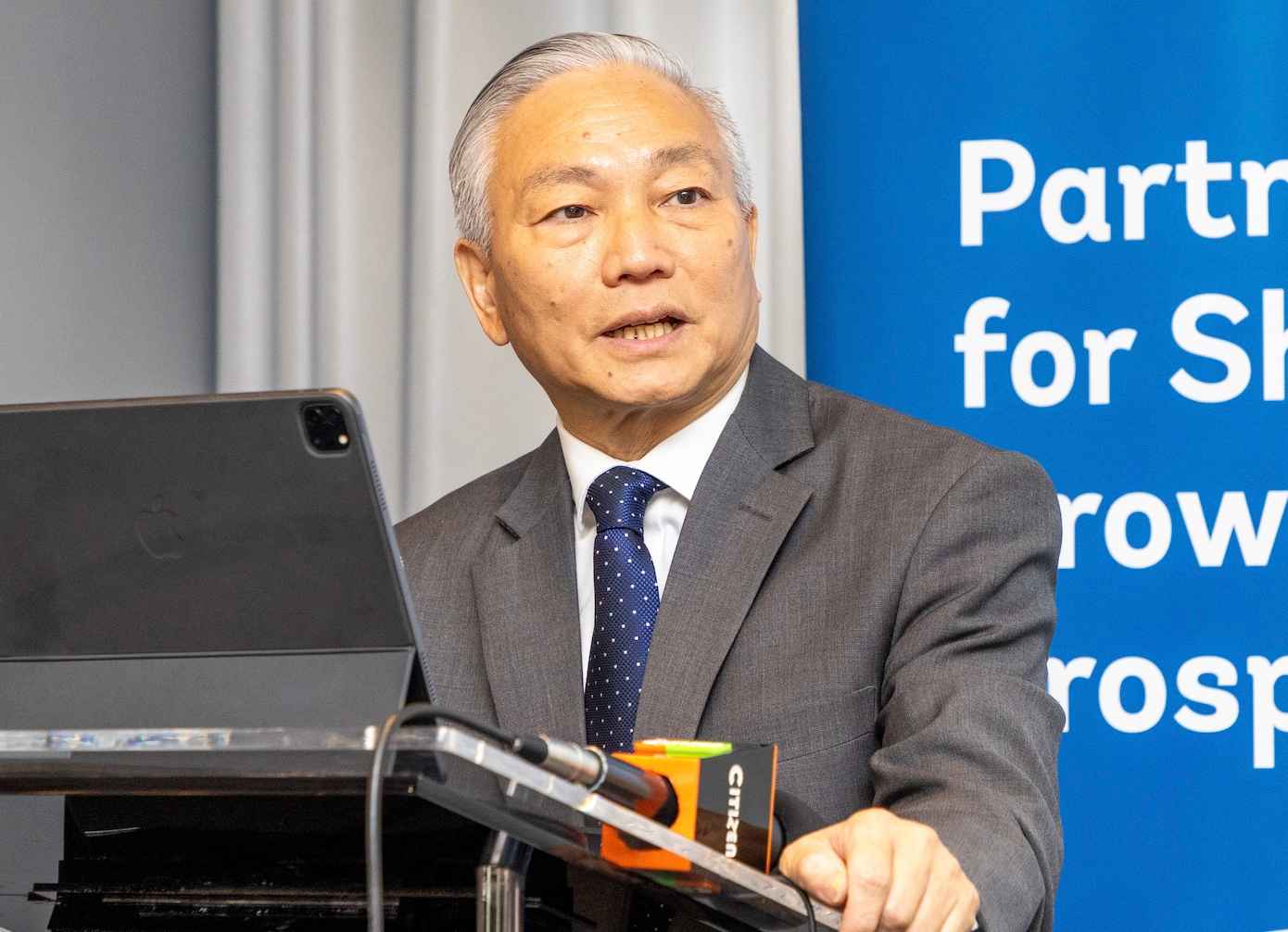It’s no longer a question of whether innovations, especially Artificial Intelligence (AI) and its related tools, are relevant to journalism. That has already been proven. The real concern now is: what ethical and operational considerations must be in place to ensure that the use of these tools is professional and responsible? These innovations are here to stay, and we must learn to respond effectively to the challenges they bring.
Journalists can no longer remain aloof to innovation, as has often been the case in the past. Do journalists still matter, or are automation and AI taking over their work? The answer is no, journalists still matter greatly. The more pressing question should be: how can journalists remain not only relevant but also ahead of the game amid these changes? What are we doing to prepare them for the emerging issues that are reshaping the media landscape?
AI is transforming how news and content are generated, created, consumed, and distributed globally. It has extended the media's reach and provided tools for verification, authentication, and due diligence in the information shared. For the professional and responsible journalist, AI has enhanced accuracy, credibility, and user engagement through the use of data, visualizations, virtual assistants, and chatbots.
AI and machine-automated applications now perform tasks that were once the domain of humans. These range from smart city infrastructure and facial recognition, not just the basic kind used on smartphones, but sophisticated systems that can track movement across multiple locations, to fully automated sales points and ticketing systems.

Read More
For journalists, AI is now a trusted companion in generating content ideas, social listening, translation, headline writing, speech-to-text recording, data gathering, fact-checking, video and image editing, and content filtering, among other tasks.
In the recently published Guidelines on AI Use by the Media Council of Kenya (MCK), along with the draft Code of Conduct for Media Practice in Kenya, one overriding message stands out: AI is not replacing journalists. The final responsibility for news content lies with the human being. A machine cannot be held liable or sued for errors or violations; content generated purely by AI is considered plagiarized and could constitute copyright infringement.
The guidelines emphasize that ethics remain central to journalism, whether it is practiced manually or through AI-assisted tools. Journalists must ensure that AI is used fairly, accurately, and does not perpetuate harm, stereotypes, or infringe on copyright. They must disclose AI involvement in content creation and ensure that such content does not promote disinformation or misinformation. All AI-generated news must be supervised by humans prior to publication. Media houses should establish protocols for takedowns of unprofessional content and perform rigorous reviews of user-generated content before use.
Journalists using AI must also ensure that:
- AI systems respect human dignity, except where limited by public interest as prescribed by law;
- Oversight, impact assessments, audits, and due diligence mechanisms are established (accountability);
- Users are informed when content is AI-generated (transparency);
- There is fair access to information for all (fairness);
- Content is inclusive and reaches diverse audiences (diversity);
- Privacy is protected, and data is collected in accordance with the law (data protection);
- Above all, AI tools must uphold human dignity in all cases.
In addition to long-standing challenges such as editorial interference from corporate interests, advertiser pressure, harassment, and ownership control, journalists now face disruptions from innovations that are reshaping news production, distribution, and business models.
However, these changes also present opportunities. Digitization has led to audience fragmentation, which requires new strategies to reach consumers and leverage content across platforms. Internationalization may weaken protections for national media in smaller markets but highlights the value of local knowledge. Evolving business models have placed pressure on traditional advertising but also push media to create high-quality, trustworthy content that users are willing to pay for.











